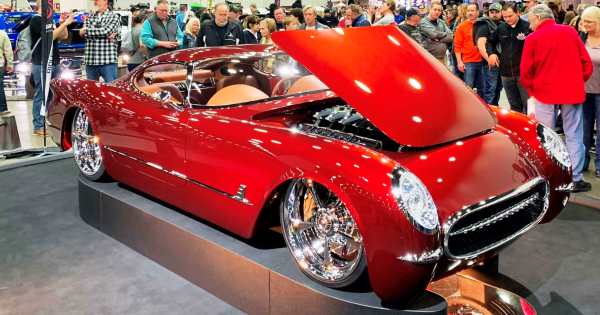- Messages
- 34,691
- Reaction score
- 5,883
- Points
- 288
Welcome to the PMBug forums - a watering hole for folks interested in gold, silver, precious metals, sound money, investing, market and economic news, central bank monetary policies, politics and more.
Why not register an account and join the discussions? When you register an account and log in, you may enjoy additional benefits including no Google ads, market data/charts, access to trade/barter with the community and much more. Registering an account is free - you have nothing to lose!
Do we not have ENOUGH _______ electronic crap, processors, programs, needless complexity?Headlights are blinding us. Here’s why it’s mostly an American problem
Imagine if you could drive at night with your high beams on all the time, bathing the road ahead in bright light but without ever blinding other drivers.
In Europe and Asia, many cars offer adaptive driving beam headlights that can do this. ADB is a lighting technology that has been available for many years in other parts of the world including Europe, China and Canada, but not in the United States.
It can actually shape the light coming from headlights rather than scattering it all over the road. If there’s a car coming in the other direction, or one driving ahead in the same lane, the light stays precisely away from that vehicle. The rest of the road is still covered in bright light with just a pocket of dimmer light around the other vehicles. This way a deer, pedestrian or bicyclist by the side of the road can still be seen clearly while other drivers sharing the road can see, too.
In America, the closest we can get to that today are automatic high beams, a feature available on many new cars that automatically flicks off the high beams if another vehicle is detected ahead. But that still means driving much – or most – of the time using only low beam headlights that don’t reach very far. That can be dangerous.
US auto safety regulations enacted in 2022 were supposed to finally allow ADB headlight, something for which the auto industry and safety groups had long been asking for. But, according to automakers and safety advocates, the new rules make it difficult for automakers to add the feature. That means it will probably be years before ADB headlights are widely available in the US.
More:
MSN
www.msn.com
Yeah. The LED lighting thingy is something some of the Alt-medical people are going on about.I have a problem with blazing LED high beams !
They are generally ranged against me with my old fashioned, yellow by comparison, halogen lights and I drive a fair bit after dark cos then I can generally travel at my speed as all the dodderers have scuttled to safety.
LED's are slowly fucking up everybodys eyesight though. Yes its good in quantity but not in quality.

What Is Blue Light and Is It Bad for Your Eyes?
Current research suggests long-term exposure to artificial blue light from phones, tablets, computers and LED lights may harm your eyes and vision. An ophthalmologist explains what it is and how you can avoid eye damage.health.clevelandclinic.org
And here I am staring at an LED screen with the room lit by LED ........
One little thing he needs to pay attention to, is the lack of an air cleaner.It's the "little things", ...features that new trucks just don't have? lol

 www.macsmotorcitygarage.com
www.macsmotorcitygarage.com
This Engine is the Reason You Don't Have Diesel Cars in America!!!
Mar 2, 2024
In this video we are discussing the very controversial Oldsmobile Diesel Engines produced from 1978-1985. Thanks for watching.
9:10

 www.macsmotorcitygarage.com
www.macsmotorcitygarage.com
Bipolar Mopar: A Struggle Called Chrysler Part I
Mar 9, 2024
A classic car connaisseur gives an overview of what started American luxury brand Chrysler's great decline, and how they tried and tried and tried to revive their once legendary name. We're talking about the ups and downs, like the aging K-cars, Lee Iaccoca's tenure, Bob Eaton's Daimler-Chrysler ideas, and the awesome bubbly Cloud Cars!
Hold onto your butts, because this is only part one of a two-part episode! 15 mins long.

